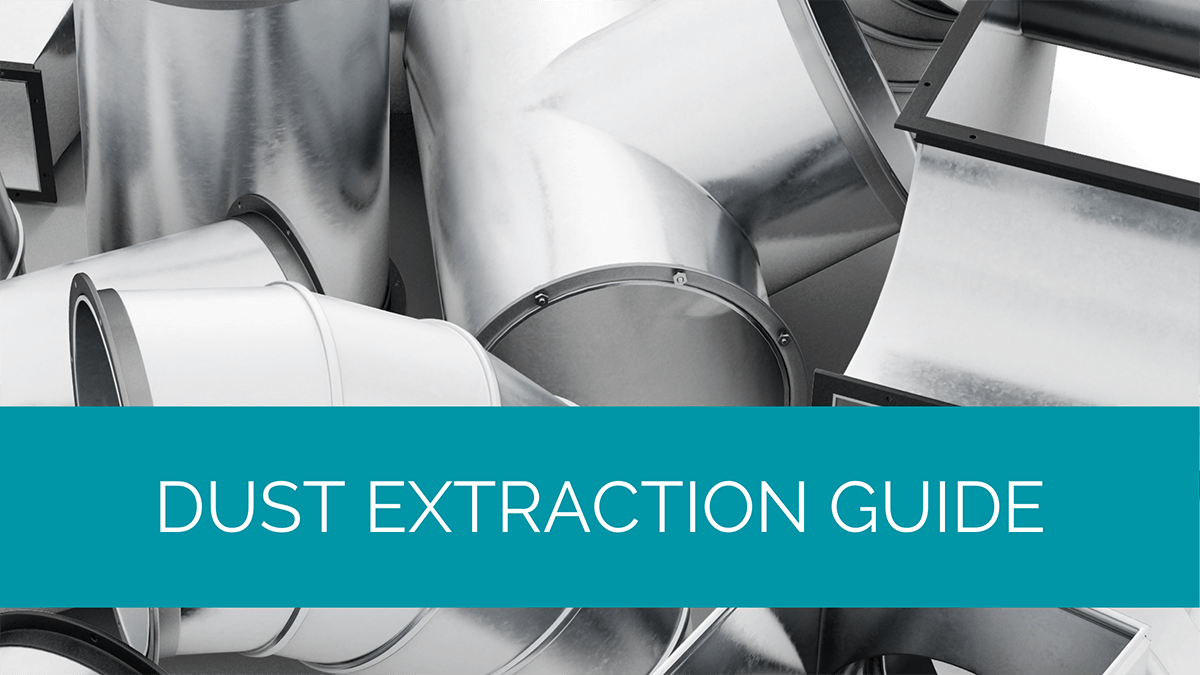Please read on as we dive into information about dust extraction, systems, filters, and classes in this guide to dust extraction.
Contents
What Is Dust Extraction?
Dust extraction refers to the process of creating and maintaining breathable air and a clean environment in and around facilities. This is usually done by removing (or) extracting dust and fumes produced by various production activities.
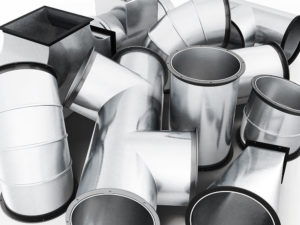 A well designed and built dust extraction system should remove any dust, and particulate matter suspended in the air and/or deposited all over surfaces in and around the facility surroundings.
A well designed and built dust extraction system should remove any dust, and particulate matter suspended in the air and/or deposited all over surfaces in and around the facility surroundings.
By clearing out dust and fumes emanating from production activities, dust extraction plays a vital role in creating a safe environment for workers. Dust extraction also creates a sustainable environment for machinery.
Finally, dust extraction is a legal requirement that must be fulfilled as per the law.
What Are Dust Extraction Systems?
Dust extraction systems are used – in commercial and domestic production shops/facilities – to remove dust and any other related particulate matter from the air and surrounding environment, thus ensuring that the air is safe and breathable at all times.
These systems typically work by capturing, conveying, and collecting the various types of dust in said environment.
Dust extraction systems are normally designed to catch the dust at the source as well as any that may be suspended in the air or deposited on surfaces, such as floors.
Once the dust is captured, the system must move it to a collection point via a network of ductwork or pipes/hoses. The right system should keep the dust particles suspended in the air as they are conveyed; otherwise, these particles may settle along the ductwork/hoses leading to blockages.
Finally, the dust is then collected in one place, in readiness for disposal, while clean air is released back into the environment.
Some of the main parts of dust extraction systems include:
- Impeller system that generates the suction needed to push air and dust particles into the system
- Inlet hoses or duct systems to convey the dust through the dust extraction system
- Filtration system
- Waste drums or sacks
What Is a Dust Extraction Unit?
A dust extraction unit is designed to control dust by capturing it from a specific source. These units are much smaller in size and are essentially made up of a fan, a short hose – designed to be connected to one dust producing machine at a time – and a dust collector.
Dust extraction units are suited to small dust extraction operations, where a single unit can be moved from one machine to the other with ease, depending on usage. Their suitability to such processes is also enhanced by the fact that they require a significantly lower investment.
While these units are highly portable, they usually come with smaller dust collection sacks or drums.
How Does A Dust Extraction System Work?
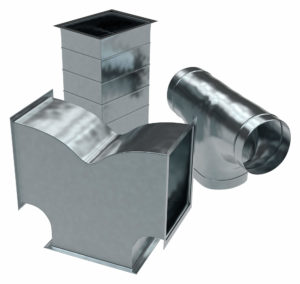 Dust extraction systems work by always capturing and moving high amounts of dust and particulate matter in a stream of air to a designated collection point to create a clean working environment with healthy breathable air.
Dust extraction systems work by always capturing and moving high amounts of dust and particulate matter in a stream of air to a designated collection point to create a clean working environment with healthy breathable air.
An impeller is used to produce the necessary airflow level needed to move the dust through the system. Dust filters in the system separate the dust and debris collected in a suitable waste sack or drum – from the air circulated back into the environment.
What Is Dust Extraction System Design?
As previously mentioned, a dust extraction system is made up of several different components. To enhance efficiency and effectiveness, each dust extraction system must be suited to specific requirements of the application in question. Furthermore, each system must be configured in line with the necessary legal requirements including a LEV test.
Dust extraction system design is meant to give you a clear idea of what you need – in terms of equipment – and how it is to be deployed in your facility to ensure that you meet all of the requirements, as pointed out above.
What Are the Different Types of Dust Extraction Systems?
Different woodworking activities lead to the production of different types of dust and chippings – each determined by the size of the particles involved. Different dust extraction systems are used to successfully and effectively extract all these types of dust and chippings.
While some systems may be designed to extract a specific type of dust – chippings, larger dust, or fine dust – some can be used to remove several different dusts.
Dust extraction systems are divided into:
Chip or Large Dust Extractors
Specifically designed for use in the extraction of large dusts and chippings (from a spindle moulder, planer, table- or band-saw) large dust or chip extractors are categorized as HVLP (High Volume Low Pressure) machines that usually come with a large diameter hose.
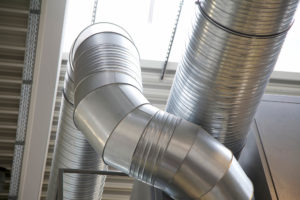 A centrifugal fan (impeller) is used to draw a high volume of air – and large dusts and chippings – into these extractors’ inlet ducts. These machines use a filter with a coarse mesh size to ensure that a high air volume can pass through with ease.
A centrifugal fan (impeller) is used to draw a high volume of air – and large dusts and chippings – into these extractors’ inlet ducts. These machines use a filter with a coarse mesh size to ensure that a high air volume can pass through with ease.
However, using a 1-micron cartridge filter or fine filter bag can help enhance the system’s ability to extract larger dust, such as those from belt/disc or drum sanders. A plastic bag is used to hold the dust collected by these extractors.
Fine Dust Extractors
Offering enhanced dust extraction capabilities, cyclone extractors are designed to remove up to 99 percent of all particulate matter before taking the air through a cartridge filter to extract finer dust particles.
These machines are therefore capable of dealing with the extraction of finer dust from sanding, in addition to larger dusts and chippings. You can even enhance the machine’s ability to remove finer dust by replacing its original filter with another one offering increased filtration.
Fine dust extractors generally take up a lot of space and are therefore poorly suited to smaller workshops. Larger commercial cyclone dust extractors are perfectly suited to ducted dust extraction systems.
Vacuum Extractors
Unlike chip extractors, vacuum extractors are normally operated under the Low Volume High Pressure (LVHP) principle. This means that the volume of air passing through the machine reduces as the vacuum pressure increases. These extractors are not suited to ducted systems, even though they can be used to extract all sorts of wood waste.
Since they are normally used with smaller hoses (a diameter of 100mm or less), vacuum extractors can be used to extract waste from dedicated woodworking machines, including small band and table saws as well as small planers. A stepped hose reducer can also be used to enhance a vacuum extractor’s effectiveness when used with power tools.
Power Tool Extractors
The use of power tools in woodworking leads to the production of a fine dust. Power tool extractors are typically smaller dedicated vacuum extractors.
Owing to their high filtration level, these machines are designed to extract dust from sanding. However, general-purpose units, which can be used to remove other types of dusts from woodworking processes, are supplied with a variety of accessories meant to enhance their capabilities.
What Are Dust Extraction Air Filters?
Dust extraction air filters are used to remove dust particles from the air passing through dust extraction systems. This helps clean the ambient air in production shops. There are many types of dust extraction air filters, each one designed for specific applications. Some of the common types include:
Panel Filters
These can be metal framed or made of strengthened card. Usually tested for efficiency and effectiveness, these filters are generally designed to be used as coverings for vents.
Cartridge Filters
Designed to be used in a variety of dust extraction units, cartridge filters are available in many finishes. These filters are designed to facilitate simple and straightforward installation and removal. Busy woodworking shops can order these filters in bulk.
Woodwork Floppy Filter Bags
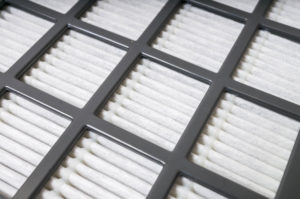 Floppy filter bags are normally used in extracting clippings and dust – including finer dusts – that come from MDF and other composite materials.
Floppy filter bags are normally used in extracting clippings and dust – including finer dusts – that come from MDF and other composite materials.
Filter Socks
In woodworking operations, filter socks are essentially dust and clippings collector bags designed to be machine adaptable for woodwork benches. These filters are also used to manage cement dust and pharmaceutical particulate matter, among other industrial applications.
Multi-Pocket Filters
Multi-Pocket filters are designed to be used to manage various types of dusts and clippings. Multi-pocket filters come in different designs and feature different inserts to give them excellent particulate sorting capabilities.
Drytex Filters
Usually made from polyester needlefelt, Drytex filters are specifically manufactured to work with Drytex dust extraction machines.
Dalamatic Filters
Just like Drytex filters, these filters are also designed to be used on a specific brand of dust extraction units; in this case, the Dalamitic brand of machines.
HEPA Filters
Fine dusts, which are typically hard to spot, are considered to be very dangerous to humans. High-Efficiency Particulate Absorption (HEPA) filters are designed to be used in dust extractors, including vacuum extractors, to remove the finest of dust in the air.
Spray Booth Filter Media
These filters are designed to capture any wet or dry paint overspray in furniture spray booths. While primary spray booth filter media is used to catch the initial overspray, secondary filter media is used to catch finer particles of the overspray before discharge to protect fans and ducts.
What Are The Different Dust Extraction Classes?
According to the law, there are three dust extraction classes L, M, and H. The letters stand for Low, Medium, and High. Each letter denotes the type and capabilities of the extractors required to extract different types of dust. Here are the details of each class:
L Class
L Class extractors are the most affordable option for trades-people looking for dust extraction. They are considered to offer the same level of suction/dust extraction capabilities associated with home vacuum cleaners. Extractors in this class are designed to handle dust from softwoods. These dusts usually are considered harmless to humans.
M Class
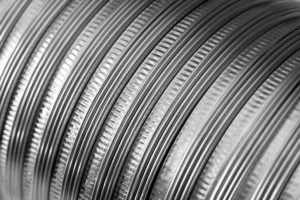 Generally, L and M Class extractors come with the same rate of suction. However, the filtration system used on M Class extractors is considered to be much more efficient, meaning that these extractors are required to be used in dust extraction operations involving concrete, board material (like MDF), and hardwood.
Generally, L and M Class extractors come with the same rate of suction. However, the filtration system used on M Class extractors is considered to be much more efficient, meaning that these extractors are required to be used in dust extraction operations involving concrete, board material (like MDF), and hardwood.
M Class extractors come with several additional features that are meant to enhance their dust extraction capabilities. One of the main features found on these extractors is an alarm for reduced suction (which may result from a full dust collection bag or clogged hose).
Since the HSE has set M Class as the minimum legal requirement for on-site use, most health and safety managers will require you to use these extractors when working on a site.
H Class
Besides having all of the features found in M Class extractors, H Class extractors also feature superior filtration and suction capabilities. These extractors are designed to minimise any chance of dust particles escaping back into the air after extraction.
H Class extractors are normally required in situations where you are likely to encounter harmful dust, such as carbon, lead, and tar.
Conclusion
With the above information in mind, choosing the right dust extraction system for all sorts of woodworking production activities should be much easier.

